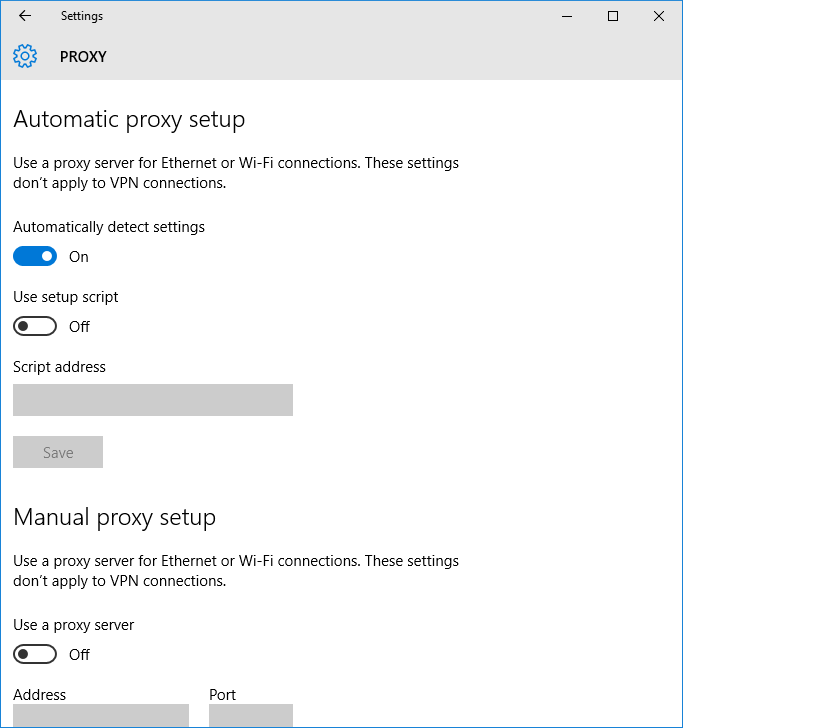

The diameter of the wheels installed on the drivetrain. frc :: sim :: DifferentialDrivetrainSim m_driveSim static constexpr auto KvLinear = 1.98 _V / 1 _mps static constexpr auto KaLinear = 0.2 _V / 1 _mps_sq static constexpr auto KvAngular = 1.5 _V / 1 _rad_per_s static constexpr auto KaAngular = 0.3 _V / 1 _rad_per_s_sq // Create the simulation model of our drivetrain. Note that these need to have correct units. Create our feedforward gain constants (from the identification // tool). #include #include #include #include #include #include #include. The track width (distance between the left and right wheels). If this process is too tedious, the values used in the example below should be a good representation of average noise from encoders.Ī linear system representing the drivetrain – this can be created using the identification gains. For example, to calculate the standard deviation in your encoders’ velocity estimate, you can move your robot at a constant velocity, take multiple measurements, and calculate their standard deviation from the known mean. You can calculate the measurement noise of your sensors by taking multiple data points of the state you are trying to measure and calculating the standard deviation using a tool like Python. This option can be omitted in C++ or set to null in Java if measurement noise is not desirable. The measurement noise is an array with 7 elements, with each element representing the standard deviation of measurement noise in x, y, heading, left velocity, right velocity, left position, and right position respectively.

Standard deviations of measurement noise: this represents how much measurement noise you expect from your real sensors. The track width (distance between left and right wheels).

The mass of the drivetrain (it is recommended to use the mass of the entire robot itself, as it will more accurately model the acceleration characteristics of your robot for trajectory tracking). Usually, this is between 3 and 8 \(kg m^2\)). The moment of inertia of the drivetrain (this can be obtained from a CAD model of your drivetrain. The gear ratio between the motors and the wheels as output torque over input torque (this number is usually greater than 1 for drivetrains). The type and number of motors on one side of the drivetrain.
#WPI SCREENSTEPS DRIVEBASE WINDOWS#
Widgets for the Command-Based Framework Click the Windows icon on the task bar to bring up the Start Menu.Simulation Specific User Interface Elements.


 0 kommentar(er)
0 kommentar(er)
